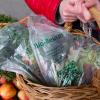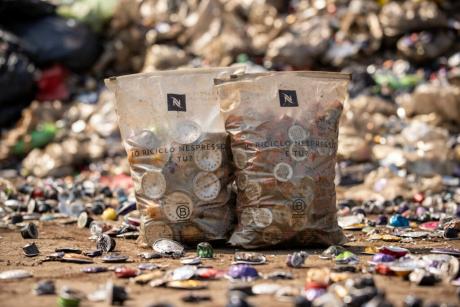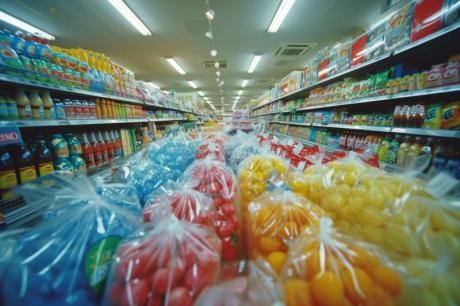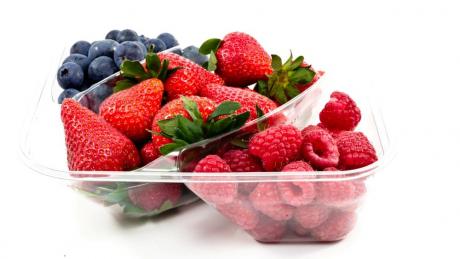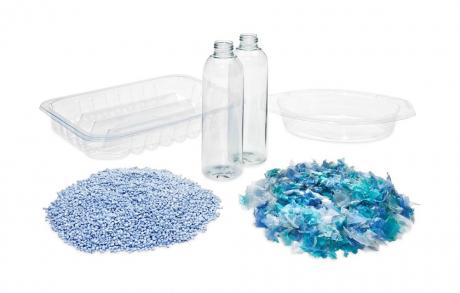While cosmetic packaging has long struggled to reconcile commercial and environmental concerns, today the principles of the circular economy are driving much of the innovation in the beauty sector. This is the background to the collaboration between Cosmetica Italia - the national association of cosmetics companies - and Aliplast, a Hera Group company.
On the occasion of the second edition of Milano Beauty Week (26 September - 2 October 2023), the two organisations presented the white paper "Plastic Packaging in the Cosmetics Sector", a practical guide to help companies in the sector design fully recyclable plastic packaging, in line with the latest European Union legislation and the sensitivity of a market that is increasingly attentive to the protection of the environment and its resources.
Andriolo, CEO of Aliplast, said:
The white paper produced together with Cosmetica Italia is an opportunity for the entire beauty supply chain, which is undergoing a strong evolution towards increasingly circular and resource-conscious products. This is not the first time that Aliplast has made its expertise available to this strategic market for Italian-made products. In fact, we have been working for some time with various companies in the sector to develop innovative packaging in recycled plastic, also thanks to the Aliplast Lab, where we co-design products that are equal to virgin ones in terms of aesthetics and technical characteristics.
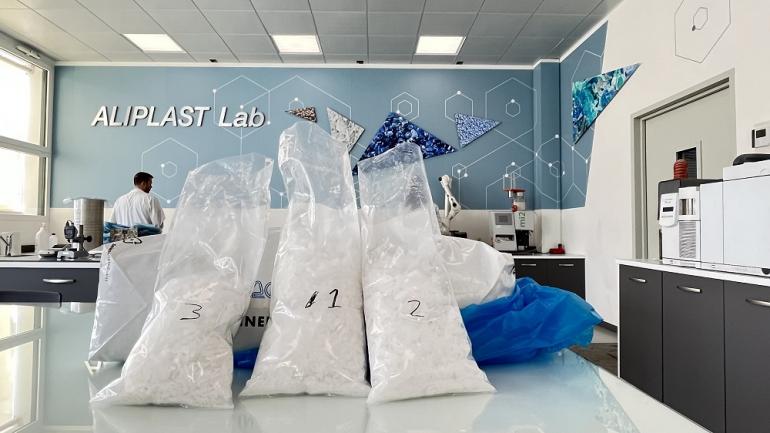
Lavino, President of Cosmetica Italia, said:
Sustainability is both a priority and a responsibility for our industry. Indeed, it is an issue closely linked to innovation (in which the cosmetics industry invests 6% of its turnover every year) and to the development of the sector. Respect for the environment is an aspect on which we are called to act, both as individuals and in response to an increasingly ingrained consumer awareness. The white paper produced with Aliplast allows us to think with a supply chain approach that is decisive and strategic in addressing the various facets and challenges of sustainability.
White paper: Practical guidelines for the eco-design of plastic packaging
The paper, in line with the guidelines of Recyclass and SPICE (Sustainable Packaging Initiative for CosmEtics), European initiatives of plastic recyclers and the cosmetics industry, provides very important operational indications to guide the eco-design choices of polymeric containers for cosmetics. It will be promoted through the Cosmetica Italia and Aliplast websites, the social channels of the two partners and special initiatives with the trade media.
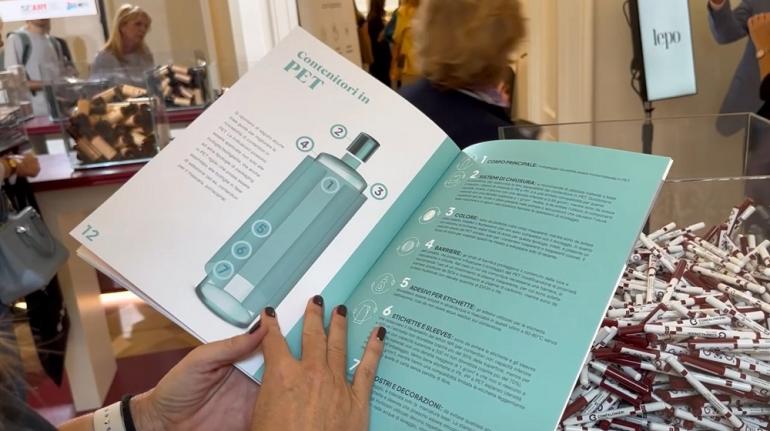
Detailed tips on how to make every plastic fully recyclable
The paper begins by briefly explaining the steps involved in the collection, sorting and recycling of plastics. It then looks in detail at containers made from the different types of polymer: HDPE/PP, PET, PE/PP. For each of these, guidance is given on the design of each packaging component: main body, closure system, container colour, barrier layers, labelling, use of decorative inks.
Some examples: avoid plywood and look out for colours
The range of advice is very wide. Some apply to all materials. For example, it is always advisable to design the main body in a single material, avoiding a multilayer structure made up of several polymers, which makes recycling more difficult.
For HDPE or PP, all colours are accepted, except for pigments that cannot be detected by the readers of plastic sorters, such as carbon black. In any case, it is always preferable to use light colours for the container as they are easier to use once they have been converted into recycled plastic.
The use of polyolefin-based materials is then recommended for PET container closure systems to ensure that they can be separated from the PET container. In addition, the use of metal components (such as springs or balls in pumps or sprayers) should be avoided as they cause wear on machinery and in some cases can stop recycling operations. These are just some of the detailed guidelines in the paper.
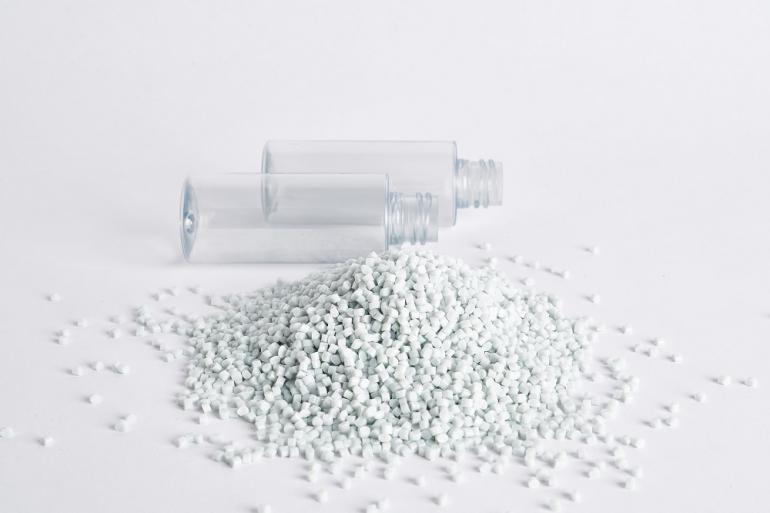
Focus on use of recycled plastics: environmental impact reduced by two-thirds
Another focus is on the use of recycled plastics for packaging, which can bring significant environmental benefits in terms of resource savings and decarbonisation.
For example, the document cites a Life Cycle Assessment (LCA) study by Aliplast showing that a PET pellet made from virgin material emits approximately three times as much CO2 as the same pellet made from recycled PET (3.04 kg versus 1.25 kg CO2 equivalent).
This is an environmental benefit that, if transparently communicated to the consumer, can add real value to the product.


